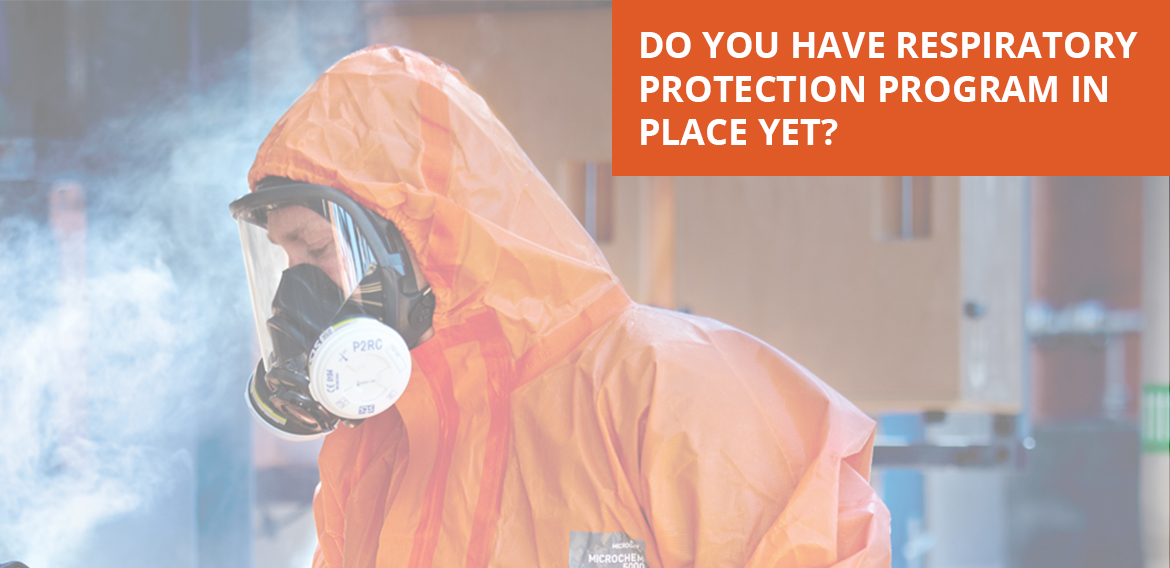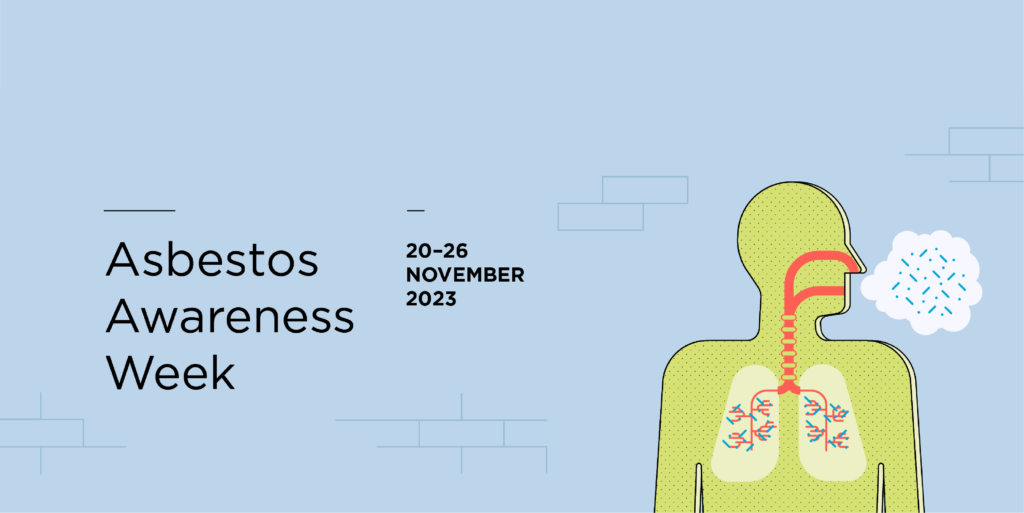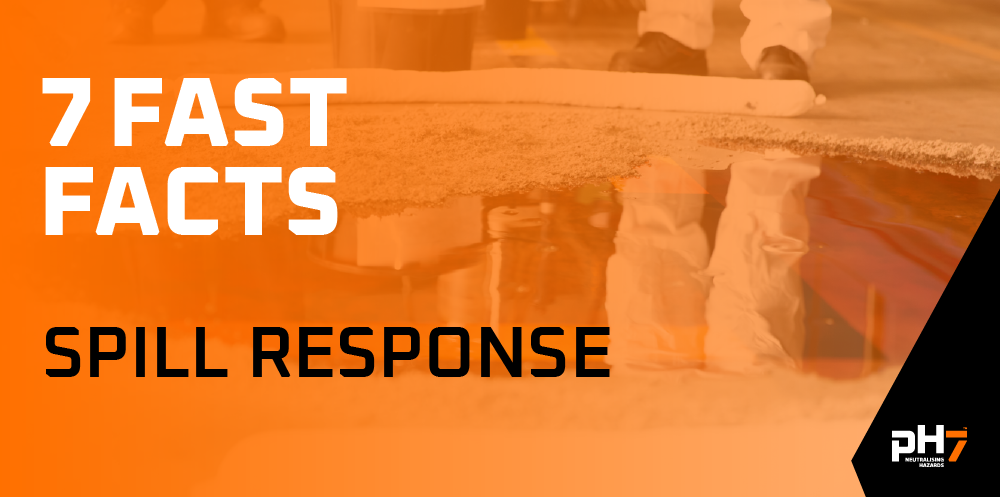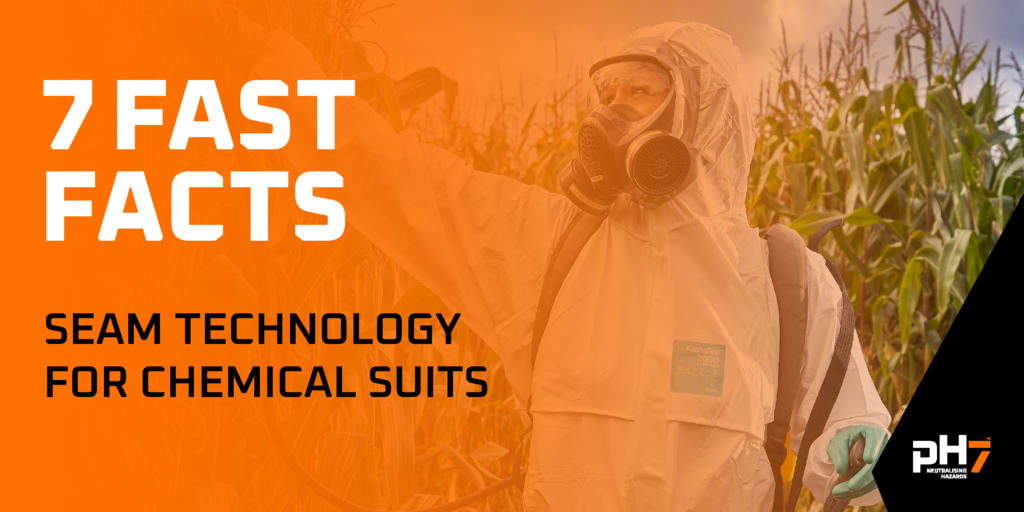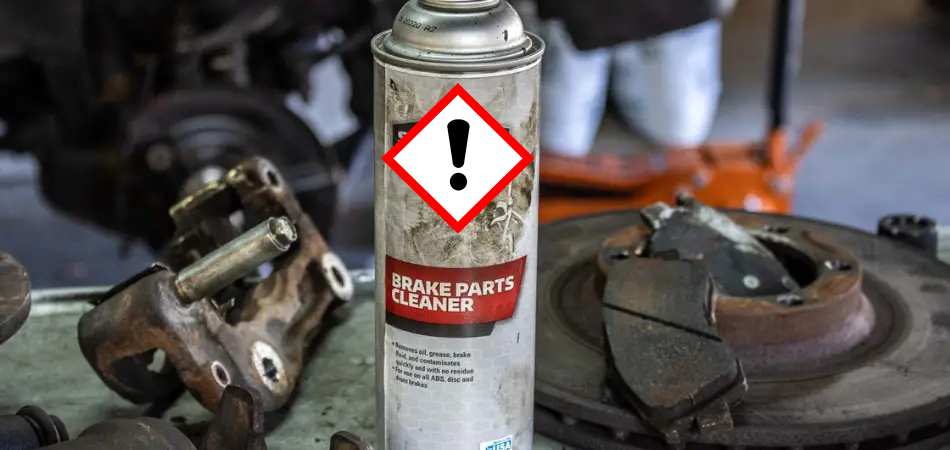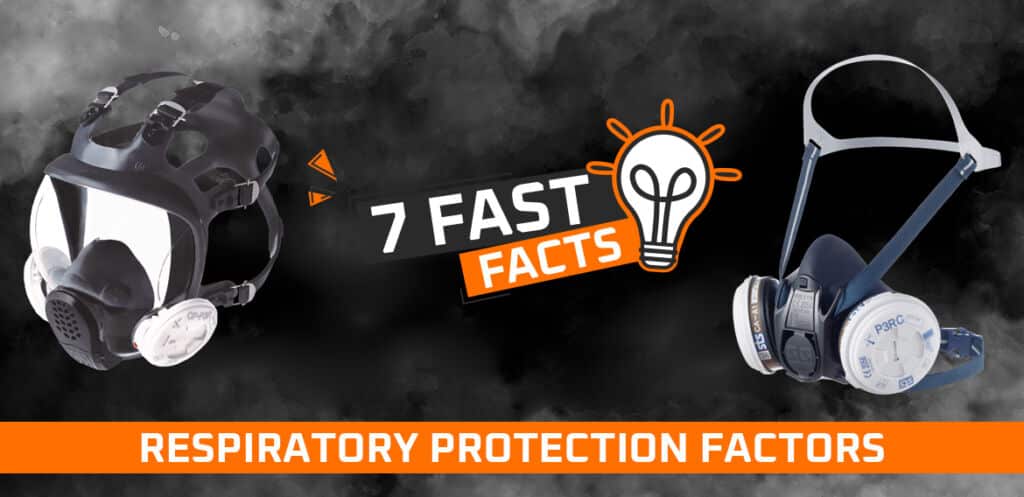Any business that requires its employees to use respiratory protection is required under the AS/NZS 1715:2009 standard to establish a Respiratory Protection Program. Given it’s a new year we thought it would be worth quickly reminding everyone exactly what the program should contain.
A Respiratory Protection Program MUST be established that covers the following 11 parts:
- Appointment of a program administrator – who has the skills and knowledge to make sound decisions and has the full support of management.
- Set up a RPE (Respiratory Protection Equipment) selection program – that takes into account factors including:
- Conformity to AS/NZS 1716
- Contaminant factors including toxicity, exposure standards, skin absorption etc
- Operator factors including comfort, other PPE, vision, communication etc
- Risk factors including mobility, harsh environments etc
- RPE maintenance requirements including cleaning and availability of spare parts
- Medical evaluation of wearers
- Training – to ensure wearers understand the risks, how to don and doff a respirator and how to clean and maintain it. Training should also cover any limitations of the RPE.
- Issuing of RPE – where practicable RPE should be issues to a specific wearer for exclusive use. Records of RPE issue and usage should be maintained.

- Fitting of RPE – for close fitting respirators where the fit provides its designed protection then fit testing should be carried out to ensure a close fit is achieved.
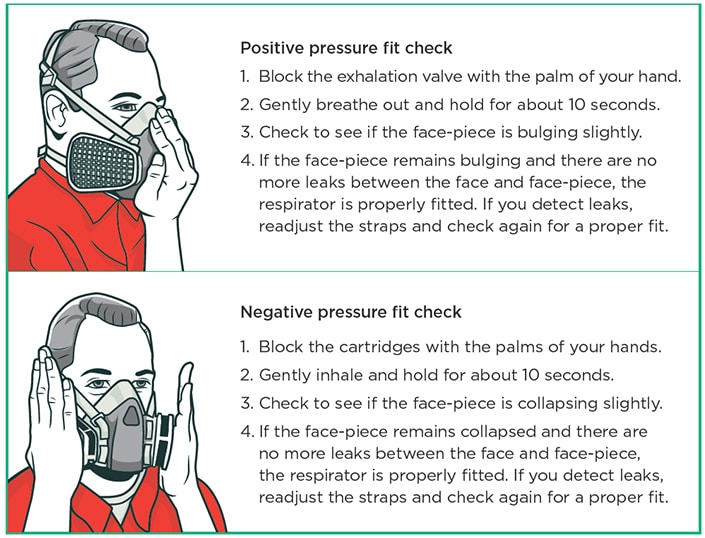
- Wearing of RPE – the program shall require that RPE is used in accordance with the manufacturer’s instructions.
- Maintenance of RPE – maintenance shall be carried out to check the respirator prior to use and cleaning and disinfection after use. Filters should be changed regularly as per the manufacturer’s instructions and replacement parts changed as required.
- Storage and disposal – RPE shall be stored to prevent contamination, damage or deterioration.
- Record Keeping – including date of issue, training, fit testing, medical screening, maintenance and filter replacement.
- Program evaluation – to ensure the continued effectiveness of the protection program.
It’s important to note that the program outlined above is not a suggestion, it’s a legal requirement! Click here to read more information from WorkSafe.
If you need help setting up your respiratory protection program talk to one of the team at ph7 International on 0800 323223, enquiries@dilnz.co.nz or via the website.
